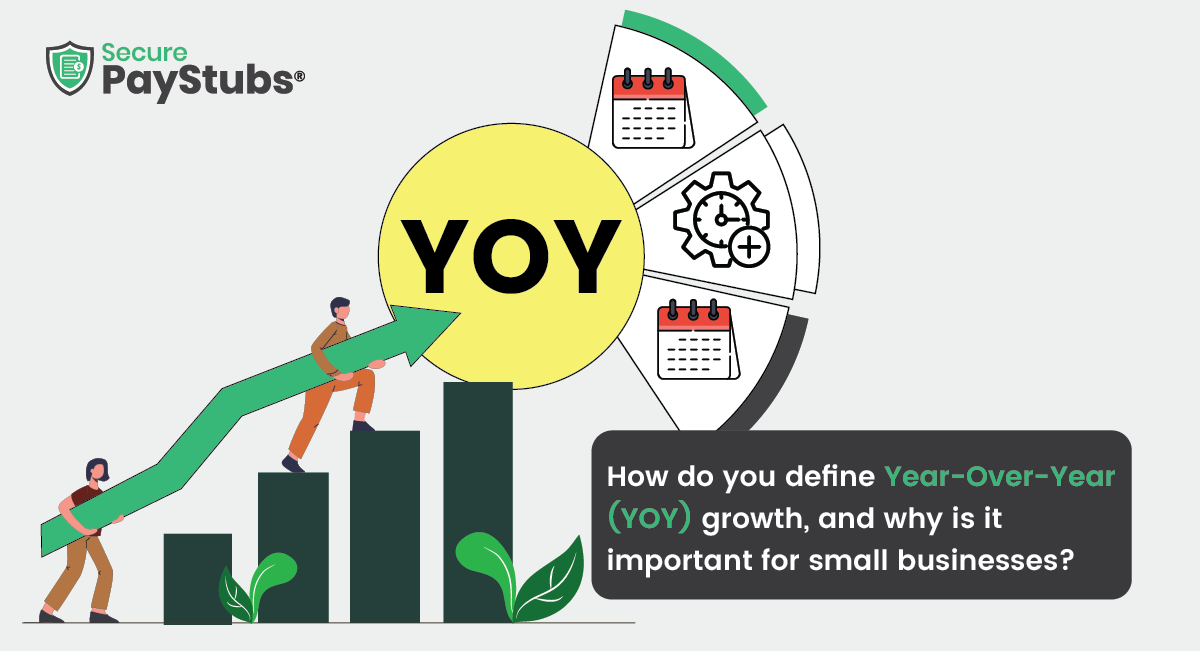Year-over-Year (YOY) growth is a crucial metric that businesses use to assess their performance over consecutive annual periods. It provides valuable insights into how a company is progressing financially, operationally, and in comparison to previous years. In this guide, we delve into what YOY growth entails, why it’s important, and how businesses can effectively interpret and utilize this metric to drive strategic decisions.
What is YOY Growth?
Year-over-Year growth compares the performance of a business or a specific metric for one year with the same metric from the previous year. It is expressed as a percentage and indicates whether a business is expanding or contracting over time.
Importance of YOY Growth
YOY growth is essential for several reasons:
- Performance Evaluation: It provides a clear indication of how well a business is performing over time. Positive YOY growth typically signifies increasing sales, revenue, or profitability, while negative YOY growth may indicate challenges or declines that need attention.
- Benchmarking: Comparing YOY growth allows businesses to benchmark their performance against industry standards, competitors, and internal goals. It helps identify whether growth rates are consistent with expectations and market conditions.
- Strategic Planning: Understanding YOY growth enables businesses to make informed decisions about resource allocation, budgeting, and strategic initiatives. It guides long-term planning by highlighting trends and patterns that could impact future growth.
Calculating YOY Growth
The formula for calculating YOY growth is straightforward:
YOY Growth=(Current Year Metric−Previous Year MetricPrevious Year Metric)×100\text{YOY Growth} = \left( \frac{\text{Current Year Metric} – \text{Previous Year Metric}}{\text{Previous Year Metric}} \right) \times 100YOY Growth=(Previous Year MetricCurrent Year Metric−Previous Year Metric)×100
For example, if a company had $1,000,000 in revenue last year and $1,200,000 this year, the YOY revenue growth would be:
(1,200,000−1,000,0001,000,000)×100=20%\left( \frac{1,200,000 – 1,000,000}{1,000,000} \right) \times 100 = 20\%(1,000,0001,200,000−1,000,000)×100=20%
Interpreting YOY Growth
Positive YOY growth indicates improvement and expansion, while negative growth suggests a decline. It’s essential to consider the context and factors influencing the growth rate, such as market conditions, seasonality, and economic trends. For instance, a retail business may experience higher YOY growth during holiday seasons compared to other times of the year.
Utilizing YOY Growth for Business Strategy
- Identifying Growth Drivers: Analyze which products, services, or segments contribute most to YOY growth. This insight helps prioritize investments and marketing efforts.
- Addressing Challenges: If YOY growth is negative or lower than expected, businesses can investigate underlying causes such as operational inefficiencies, market shifts, or competitive pressures. Adjustments can then be made to mitigate these challenges.
- Communicating Performance: YOY growth figures are valuable for stakeholders, including investors, lenders, and employees, as they provide a clear snapshot of business performance and trajectory.
Conclusion
Understanding YOY growth is fundamental for business owners seeking to gauge their company’s progress and make informed decisions. By tracking and analyzing YOY growth metrics, businesses can identify opportunities for expansion, address challenges proactively, and align strategies with long-term objectives. As a dynamic indicator of performance, YOY growth empowers businesses to navigate competitive landscapes and capitalize on growth opportunities effectively.
